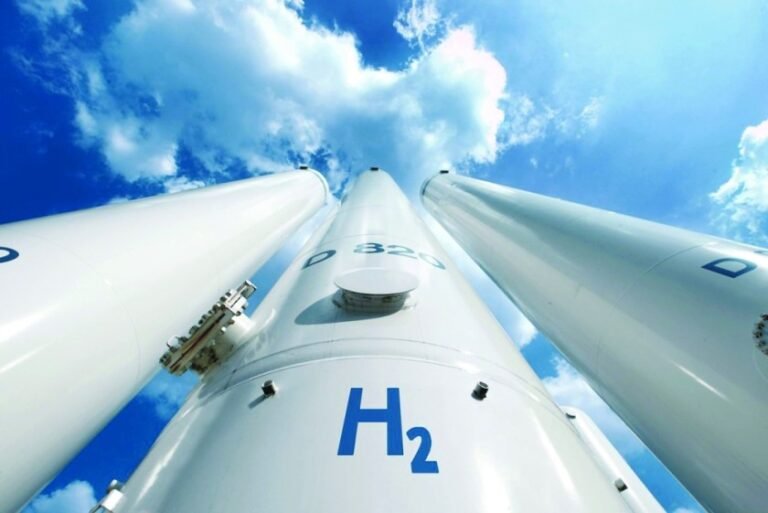Oman is moving towards its goal of being a regional hub for low-carbon bunker fuels for maritime shipping. To this end, Oman aims to capitalise on the vast amounts of green ammonia and methanol that will emerge from Oman’s push to develop a megascale green hydrogen production industry in Al Wusta and Dhofar governorates.
Government-owned ASYAD is keeping a close eye on fuel trends in shipbuilding as a means of forecasting future fuel demand. Asyad Group Vice-President for Sustainability, Essam al Sheibany said that the international shipping lines are betting on green marine fuels to decarbonise their operations. He further believes that the global trade association for shipowners and operator such as the prominent bunkering hubs like Singapore and Rotterdam will be unable to produce enough green fuels, when the international shipping industry begins to decarbonise its vast fleets.
“You want to go to where the fuel is produced, because that way the price will be competitive, rather than paying a premium for it to be produced, transported and sold somewhere else. We could be at an advantage with an attractive price for these fuels because they are produced nearby, “said Al Sheibany.
It may be noted that a sizable chunk of the green hydrogen projects approved for implementation in Duqm have green ammonia as one of their outputs. Green ammonia, along with green methanol, are seen are promising low-carbon alternatives to conventional bunkers, use of which is being progressively reduced in line with carbon mitigation efforts advocated by the International Maritime.
“Energy supermajor BP, for example, has signed agreements to set up a 150,000 tonnes per annum (tpa) capacity project at Duqm for the production of green ammonia as a hydrogen carrier, starting from 2030. Likewise, the POSCO-ENGIE consortium plans to establish an export-oriented 1.2 million tpa capacity green ammonia plant, also at Duqm SEZ. Similar plans by Hyport Duqm envisage the production of 330,000 tpa of green ammonia for export as well. These, and other ventures slated to emerge in Al Wusta and Dhofar governorates, will unlock feedstock potentially for the largescale production of green marine fuels,” Asyad Group points out.
However, Al Sheibany expects the prices of green marine fuel prices to become cost competitive in about 5 – 10 years. “This downtrend in prices will be led by decarbonisation efforts by the global maritime industry,” said he.


